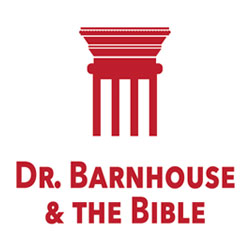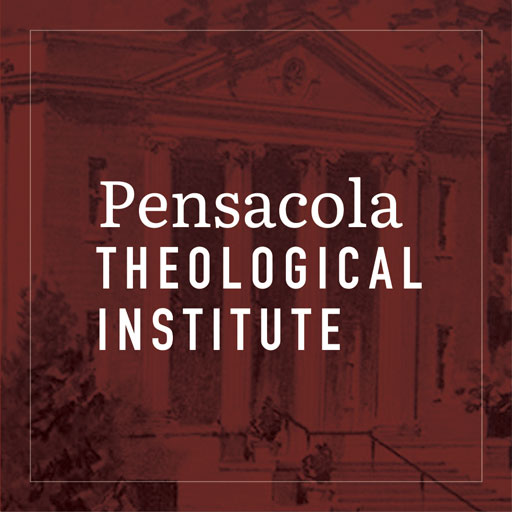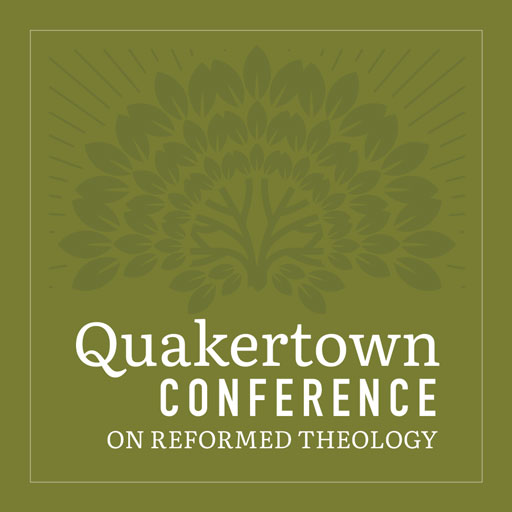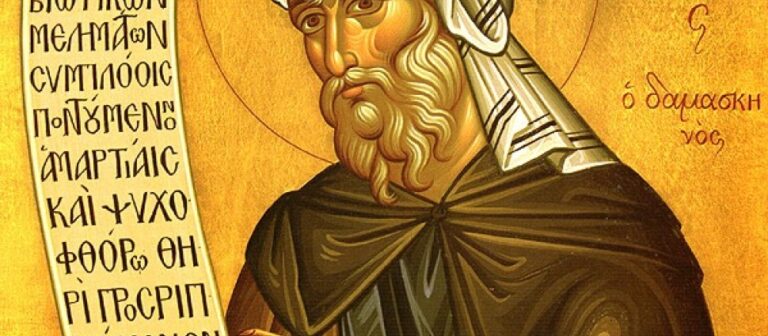
Majoring in the Minors: Hosea
God frequently called the prophets to physically demonstrate the truth that God had for his covenant people to learn. Hosea was no exception. When God told Hosea to marry “a wife of whoredom and have children of whoredom” he did so because “the land commits great whoredom by forsaking the Lord” (1:2). While it is true to state that Hosea is a book that reveals God’s immense love for his people, we need to recognize that God’s love is not romantic sentimental drivel. Instead, it is the severe exposure of sin among God’s covenant people so that repentance is produced and the world’s ways of thinking and living are rejected.
God is married to or in covenant with his creation and his redeemed people. The realities and language that mark God’s covenant relationship are used throughout the first several chapters of Genesis so that God’s covenant people understand that God’s fulfillment of his covenant promises to them are united to him accomplishing his promises and purposes with all creation. It is why the covenant sign of the rainbow was given to all creation (Genesis 9:12-13) before the covenant sign of circumcision was given to Abraham and his descendants (Gen. 17:9-14). Just as God had an already existing covenant relationship with his creation before he created Adam and Eve, so too God gave the requisite signs for each covenantal relationship in the same sequential order in which those relationships were established. Yet, there is an unbreakable union between God’s covenant relationship with creation and his one with his redeemed people. This is the basis for Moses telling the Israelites that, if they violated God’s covenant, he would call heaven and earth to testify against them (Deut. 4:26 and 30:19), and why we are told in Jeremiah 33:19-26 that if anyone or anything could prevent God from fulfilling his covenant with the day and night, only then could his covenant with his people go unfulfilled. God is married to his creation and his covenant people, and God is faithful to the covenant obligations he has taken upon himself.
As husband, Adam was to hold fast to his wife, the same thing God told his covenant people to do in relation to him (Deut. 10:20; 11:22; 13:4; 30:20). Eve was called Adam’s ezer, or helper, the same thing God called himself in relation to his covenant people (Ps. 28:7; 30:10; 54:4; 86:7; 118:13; Isa. 49:8). Later in the New Testament we see this same marriage motif in that the church is identified as Christ’s bride (Eph. 5:21-33; Rev. 18:23; 19:7; 21:2, 9; 22:17). This marriage or covenant relationship is not only the basis for how and why God brought his revelation to his people, but also the basis for what God said to them. After all, this intimate union that God established with his people Israel, his Church was spurned by them; they violated the union, committing adultery by uniting themselves to false gods. Our idolatry is a form of whoredom or adultery.
And so, Hosea’s ministry was to live out what God had done in uniting himself to sinners, who are by nature adulterers or idolaters. Thus, Hosea’s message revealed how Israel’s priest, the leaders of her worship, had led God’s covenant people in false worship or idolatry (2:8-11; 5:1-7; 8:11-13; 9:1-4; 10:1-2) and it was all united to her way of life and how she thought she was going to experience God’s blessing. It amounted to adopting the ways of the world, listening to false prophets and being led by unrighteous and foolish kings in making alliances with nations that despised God. So caught up in and committed to their false and worldly ways in the name of serving God, they were incapable of actually repenting and returning to God (5:3-7). They justified their sin.
Hosea’s message is Christ’s message. Christ too exposed and continues to expose the idolatry that often marks not merely the world as a whole but his own covenant people, as they adopt the ways of the world seeking to engender feelings that become the measure of true worship, treating their relationship to God like a commodity to be consumed, and the blessings of God’s covenant as something they can achieve by their own programmatic strategies. Zealous for evangelism by methods unsanctioned by God and demonstrating a distrust of him, they convert people by them, yet ground such people further in the ways of the world in the name of Christianity. How can such people actually come to Christ when they think they already have? Such converts cannot conceive that their concert-style worship service, along with its remote access and celebration of feelings that assuages their guilt, and gives them their emotional high is cousin to sexual immorality and the humanistic manipulative methods of the world. Yet God is ever faithful to his marital vows, even though his people are not.
Thus, Hosea does not end with condemnation of adulterous idolatry but the promise of healing, restoration and flourishing, even as Christ has brought the sword of conflict in order to bring salvation to the ends of the earth.
David P. Smith (Ph.D.) is the author of B. B. Warfield’s Scientifically Constructive Theological Scholarship (Wipf & Stock) and co author with Ronald Hoch of Old School, New Clothes: The Cultural Blindness of Christian Education Wipf & Stock). David is Pastor of Covenant Fellowship A.R.P. Church in Greensboro, North Carolina.
By Horace Vernet – https://hdl.handle.net/11259/collection.37341, Public Domain, https://commons.wikimedia.org/w/index.php?curid=34607057
























